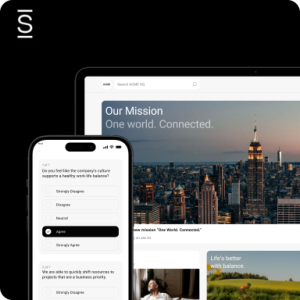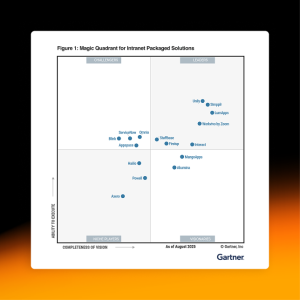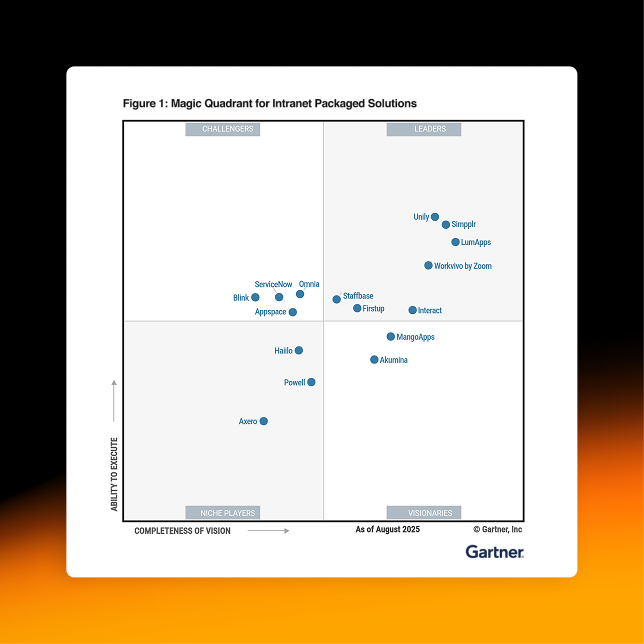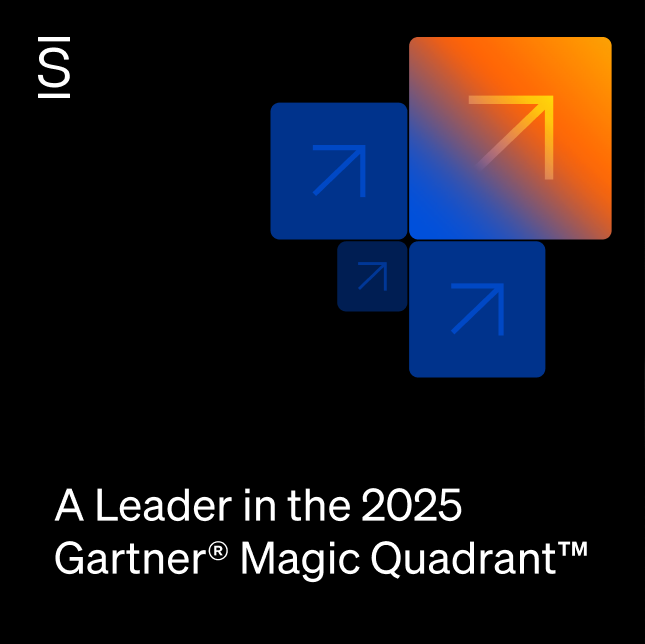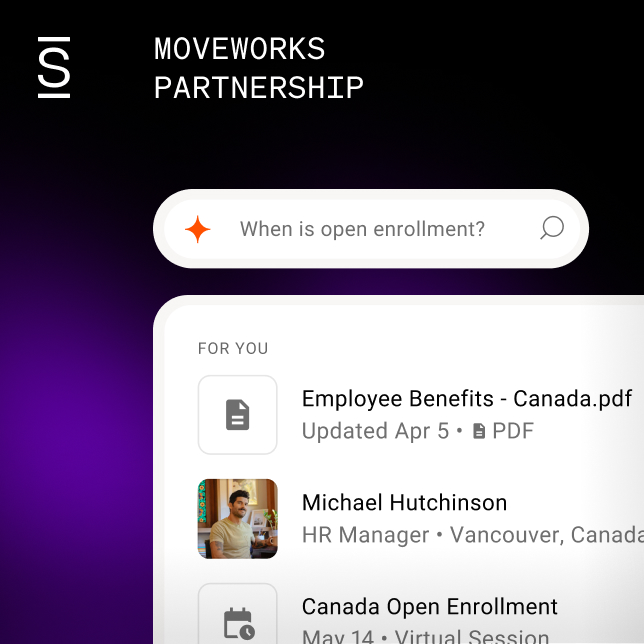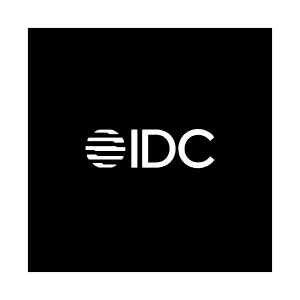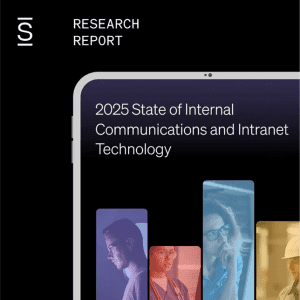According to Gallup’s State of the Global Workplace, employee engagement trends in 2025 are down from 23% to 21% globally — the sharpest drop since COVID-19 lockdowns. Yet paradoxically, the global economy and overall business performance aren’t collapsing alongside these scores. This disconnect raises a fundamental question: Are we measuring the wrong things?

Gallup says employee engagement is falling — but does it still matter in 2025?
- 1 The data behind the employee engagement decline
- 2 What’s driving the drop in employee engagement
- 3 The engagement paradox: why traditional metrics miss the mark
- 4 Why our measurement methods have become obsolete
- 5 Redefining success: what organizations should measure instead
- 6 Building a framework for continuous engagement insights
- 7 Why employee engagement still matters (but differently)
- 8 Balancing traditional benefits with modern approaches
- 9 Rethinking employee engagement in the AI era
The global economy has remained resilient despite this year-over-year decline in employee engagement from 2020 to 2025. Are we seeing an “engagement paradox”? I think this is a healthy reminder that business outcomes depend on far more complex variables than employee surveys capture. But it also signals that our traditional engagement metrics may be failing us. What don’t they capture anymore?
In our AI-disrupted, distributed workplaces, employee engagement trends shouldn’t merely chart enthusiasm or willingness to go that extra mile. They need to measure the workplace realities of collaboration, inclusion, enablement, and much more. Simply measuring how employees feel about work is no longer enough.
Traditional metrics may be losing relevance because they don’t align with the complexity of today’s employee experience. This isn’t a data problem — we’re drowning in data — it’s a measurement miss. The signals are there, but we’re missing them. We need to take a look at not only what we’re measuring, but how we’re measuring.
The data behind the employee engagement decline

Understanding what’s driving these engagement drops provides essential intelligence for leadership decisions. The numbers tell a story, but the context behind them reveals whether this is a measurement crisis, a management crisis, or both.
Gallup State of the Global Workplace 2025 findings
Gallup’s latest engagement data paints a stark picture. Behind the global slide in employee engagement was a deeper drop in manager engagement — from 30% to 27%. Specific demographic groups saw larger declines: employees under 35 dropped 5 points and women managers fell 7 points.
Regional nuances are interesting too. Europe, the Middle East, and East Asia reported some of the lowest engagement levels at just 13-18%, yet employees in many of these countries also report feeling less stressed, happier, and less lonely at work. North Americans may score higher on engagement but report more stress and loneliness.
In many of these lower-engagement regions, overall business performance and productivity aren’t suffering. This points to another problem with traditional engagement measurement — the cultural transfer challenge of applying a singular metric across diverse work cultures and expectations.
What’s driving the drop in employee engagement
Three perfect storms are converging to create this engagement decline, each representing systemic workplace shifts that traditional surveys struggle to capture.
Manager overload
Managers are managing AI adoption, remote or hybrid teams, leaner resources, and shifting expectations, often without adequate training or support. Given that 70% of team engagement stems from manager-related factors, we’re witnessing a predictable burnout ripple effect cascading through organizations.
Post‑pandemic recalibration
The world of work has not reverted to prepandemic norms, nor will it. Expectations have shifted around flexibility, collaboration, and much more. Factor in the disruptive impact of AI, which has been felt more keenly in recent years, and we have fundamental shifts in how work gets done that our measurement approaches haven’t evolved to capture.
Employee expectations
Much is posited about the differing expectations of the multigenerational workforce. Research shows generational differences do exist, but their impact is often oversimplified and can lead to unhelpful stereotypes.
At a fundamental level, all employees appreciate things like respect, purpose, trust, fair compensation, and opportunities for growth.
What we’re grappling with is the diversity of individual needs — from life stages and communication preferences to tech performance expectations. Organizations face the challenge of simplifying complexity at scale, while delivering increasingly personalized experiences.
Despite these mounting pressures driving engagement down, the relationship between engagement scores and business outcomes reveals a puzzling disconnect.
The engagement paradox: why traditional metrics miss the mark
Gallup estimates that declining engagement cost the global economy USD $438 billion in lost productivity in 2024. Yet many sectors and companies continued to grow.
The accepted wisdom has been that high engagement correlates strongly with outcomes we care about — intent to stay and willingness to go above and beyond. For years, research and internal company surveys have reinforced the narrative that higher engagement leads to higher customer satisfaction, higher productivity, and higher profitability.
But we also know that you can have higher engagement while business performance suffers. One thing we know for sure: The true picture is more complex and nuanced than one set of engagement metrics can provide.
Performance metrics vs. employee engagement trends
The relationship between engagement and performance isn’t a simple 1:1 correlation, yet we’ve overrelied on it as our primary measure of workplace success. What’s dramatically changing are the very elements within that equation. The rise of AI and its ability to augment human capability is driving unprecedented discussions around productivity and performance.
An employee can be engaged without being optimally productive. But the converse is also true — you cannot be truly productive without creating tangible business impact. As our workforces evolve to include AI agents, measuring genuine performance enablement, output, and impact becomes an imperative.
This seismic shift redefines “the workforce” we’re measuring, as it’s increasingly composed of humans operating alongside AI agents. In this reality, the critical question isn’t just “are our employees happy and engaged?” but “what should we measure when productivity and performance is increasingly cocreated?” Measuring employee sentiment shouldn’t be sidelined, but it is shifting.
The changing nature of employee motivation
This fundamental shift in how work gets done reflects an even deeper change in what drives our workforce. Employee motivation is no longer solely about emotional connection — it’s about empowerment and enablement. Employees increasingly prioritize autonomy, direct input into their work’s outcomes, and clear connection to organizational purpose. The very definition of what motivates people has expanded to include practical essentials: seamless access to cutting-edge technology, opportunities for continuous upskilling (especially with the rapid integration of AI), and the resources needed to thrive.
While Maslow’s hierarchy of needs offers enduring insights on the human fundamentals, the specifics of how those needs are met have been revolutionized.
Motivation today centers on providing the tools, clarity, and environment for people to perform at their peak and derive satisfaction from real impact — all while feeling valued and appreciated and knowing their well-being matters.
Given these fundamental shifts in workplace dynamics and employee motivation, it’s worth examining whether our measurement approaches have kept pace with these changes.
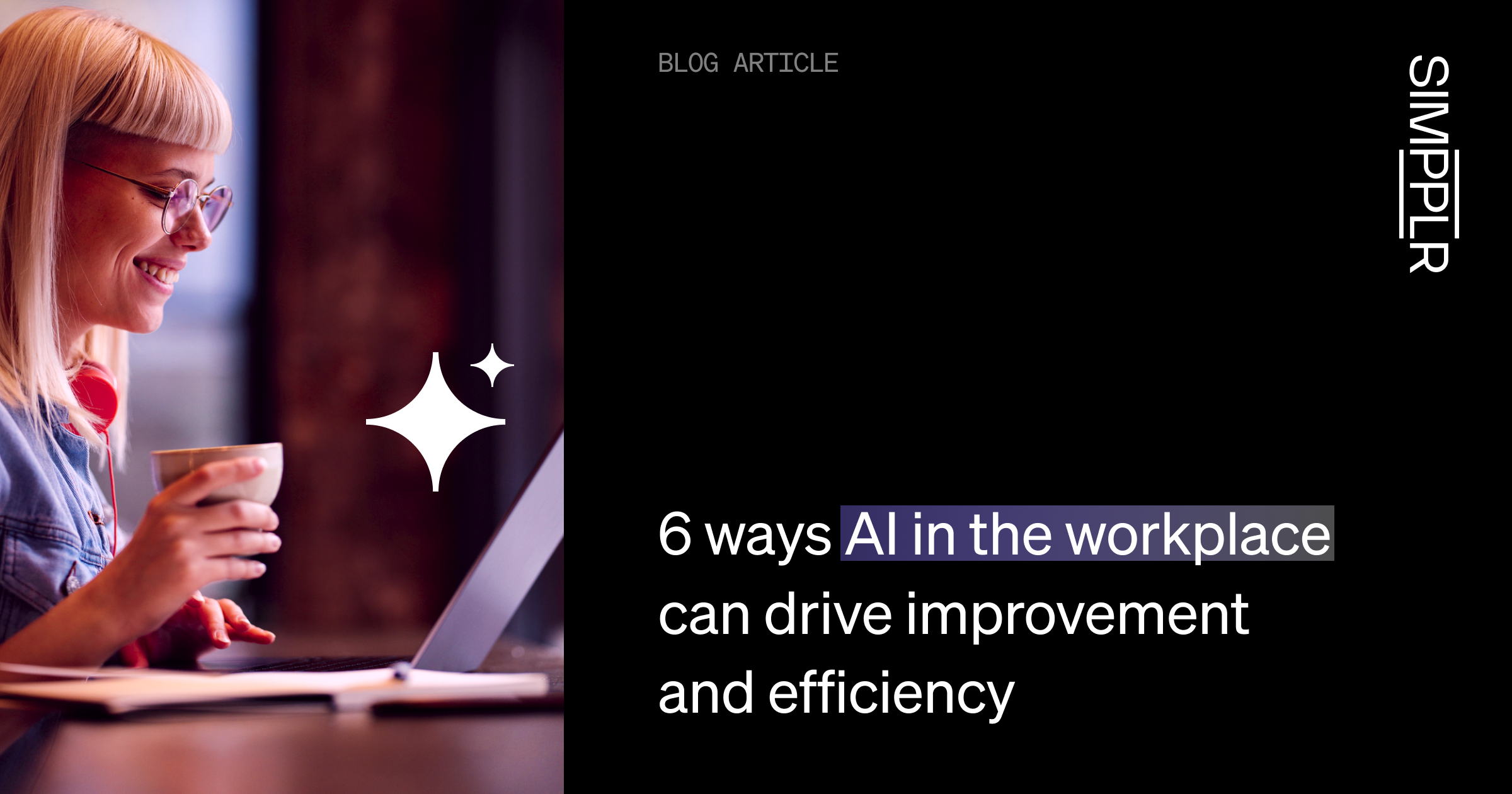
Why our measurement methods have become obsolete
History is the best teacher. How we measure employee engagement has evolved over the decades.
- In the 1980s, the focus was primarily on employee satisfaction, mostly measured via annual paper surveys (yes, paper!).
- The 1990s introduced employee commitment and nascent engagement concepts, putting a toe in the water of “climate surveys” and cultural health indices.
- The 2000s saw the employee engagement boom, defined by standardized surveys like Gallup’s Q12 and eNPS, linking engagement to business outcomes.
Through each era we have debated whether we’re measuring the right things, and what we focus on measuring has, rightly, evolved. So here we are, again.
Traditional engagement surveys — quarterly or annual pulse checks — capture snapshots of sentiment, but omit context. They don’t reveal real-time shifts in business context or dig deep into execution gaps. They rely on averages, obliterating some team-level or demographic disparities while avoiding the individual experience altogether as statistically invalid.
As Malcolm Gladwell popularized in his 2008 book, “Outliers: The Story of Success,” seemingly unusual data points can be key to understanding broader patterns and phenomena.
Traditional methods also aren’t continuous. In a diverse, dispersed workforce, static metrics can understate critical cracks until it’s too late. They fail to capture key dimensions like real-time enablement, connection, and impact — areas increasingly relevant in 2025.
This is why from about the mid-2010s onward we’ve broadened our scope to embrace the more holistic concept of employee experience, incorporating real-time feedback. Just as strong business performance requires a confluence of factors, strong employee measurement requires diverse data points and is overdue for a rethink.
This evolution in measurement thinking leads us to a critical question: if traditional metrics are failing us, what should replace them?
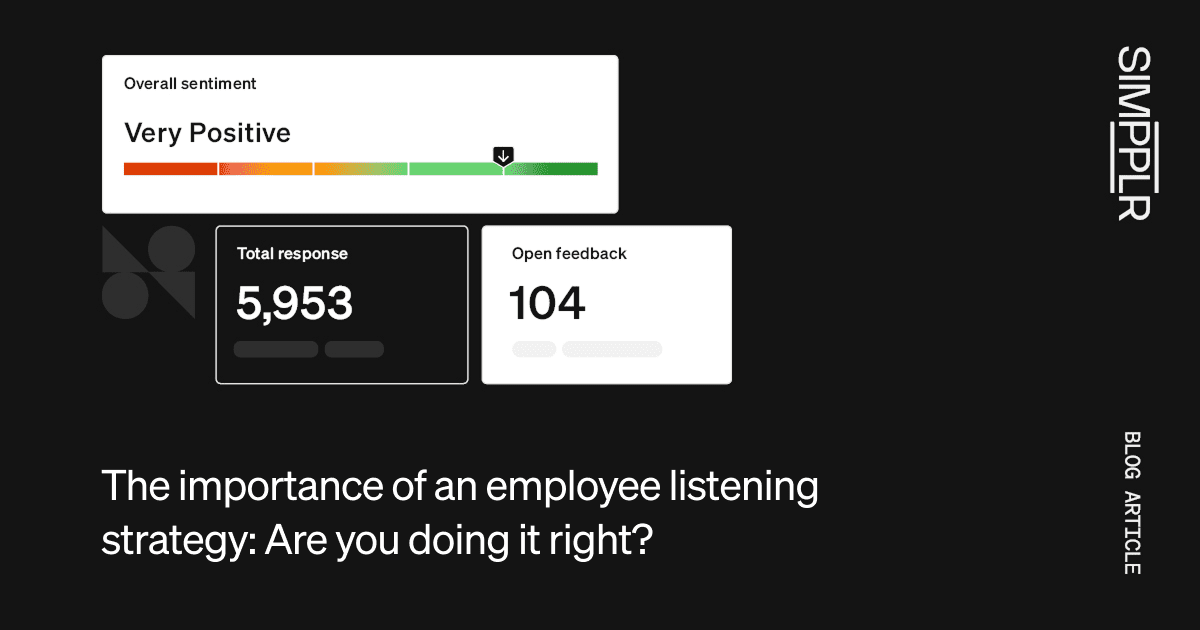
Redefining success: what organizations should measure instead
The answer lies in going deeper and going broader: moving beyond a superficial understanding of engagement to a more holistic, outcome-oriented approach that prioritizes the employee experience as a whole, focusing on enablement, impact, and well-being.
Because it’s not only about what I feel or what I think. It’s also about what I am enabled to do and deliver. To stay future-ready, organizations need metrics that go beyond sentiment and dive into the tangible realities of how work gets done and how employees thrive.
The era of simply asking employees a raft of questions to determine if they “feel engaged” is fading. To gain a more accurate and actionable picture of employee well-being and productivity, we need new metrics that reflect the realities of the transformed workplace.
We also need to reimagine how we’re gathering inputs and monitoring data to arrive at the metrics that matter. New measurement methods need to be both active (pulse surveys and content-specific feedback), as well as passive (tracking how people are engaging with content, monitoring who is being recognized and for what).
Measurement needs to be “always on.” This doesn’t mean constantly asking employees to complete surveys but continuously tracking behavioral data while periodically surveying to gather a more holistic picture.
The new metrics that matter most focus on three critical areas:
Employee enablement and resource accessibility
Instead of just inquiring about overall satisfaction, we must measure whether our people are genuinely equipped to do their jobs effectively. This means scrutinizing the availability and efficacy of essential tools, the relevance and accessibility of training programs, the currency and connectedness of communications, and the clarity of their roles and responsibilities.
Our traditional engagement surveys do ask employees to respond to questions such as “I have access to the tools and technology I need to do my job” or “I understand my roles and responsibilities,” but this is too simplistic. More importantly, the response is outdated the second you gather it.
Examples of useful questions answered at the moment of “consumption” include:
- Are employees spending excessive time searching for information?
- Do they have the right software and hardware?
- Is the onboarding process truly setting them up for success?
Asking these at critical junctures — onboarding milestones or at the start, middle, and end of a new project — can be much more impactful. We’re headed toward tracking metrics that tell us how enabled employees actually are to perform, such as time-to-competency, internal support-ticket resolution rates, and employee feedback on resource adequacy.
Skills development and career progression tracking
In an age where skills have a shorter shelf-life than ever before, focusing on “how supported I feel in my overall development” isn’t enough. We need to track tangible career and skills progression velocity. This includes monitoring learning, growth, and promotions; quantifying demonstrable skill gains through certifications, project successes, or validated assessments; and tracking lateral moves that broaden an employee’s capabilities.
This isn’t just about employee growth — it signals an organization’s adaptability and talent pipeline strength, crucial in an economy driven by continuous innovation. It’s a direct indicator of how well we’re preparing our workforce for the challenges and opportunities ahead.
A crucial part of delivering this lies in supporting our managers — remember the ones who are most disengaged? — by upskilling them in coaching, authentic communication, and performance enablement.
Well-being and work-life integration
Beyond a generic “stress level” question, organizations must delve into the actual state of employee well-being in a meaningful way. This involves sophisticated metrics that tie self-reported surveys to anonymized, aggregated behavioral data (e.g., collaboration tool usage patterns after hours, vacation utilization rates). It means tracking stress indexes and identifying real-time burnout signals through sentiment analysis of internal communications or absenteeism patterns. It also involves embracing a wider definition of well-being.
In this article on 7 HR trends in 2025, we explore how our definition of well-being has expanded beyond physical to social, emotional, and career well-being. I think we’ll continue to widen the aperture of what constitutes holistic well-being in the workplace, such as financial well-being, and respond to areas that become more important as wider trends march on. Among these is digital well-being — how workplace technology friction affects employees, from app-hopping to feeling hampered by outdated systems.
Terms like work-life balance, work-life harmony, and work-life integration have always seemed like misnomers to me. The reality is that we need to find sustainable options for our people so we can all juggle work and life. A truly healthy workforce is resilient, innovative, developing, and sustainable, making these not just “nice-to-haves” but critical performance indicators for long-term success.
Yes, some of our traditional engagement surveys include questions that explore some of these topics. But not with sufficient depth and breadth, and too infrequently to help us drive real change in real time.
The three critical areas listed above provide the foundation for what employees need to thrive, but measuring them effectively requires a systematic approach that connects employee experience to business results.
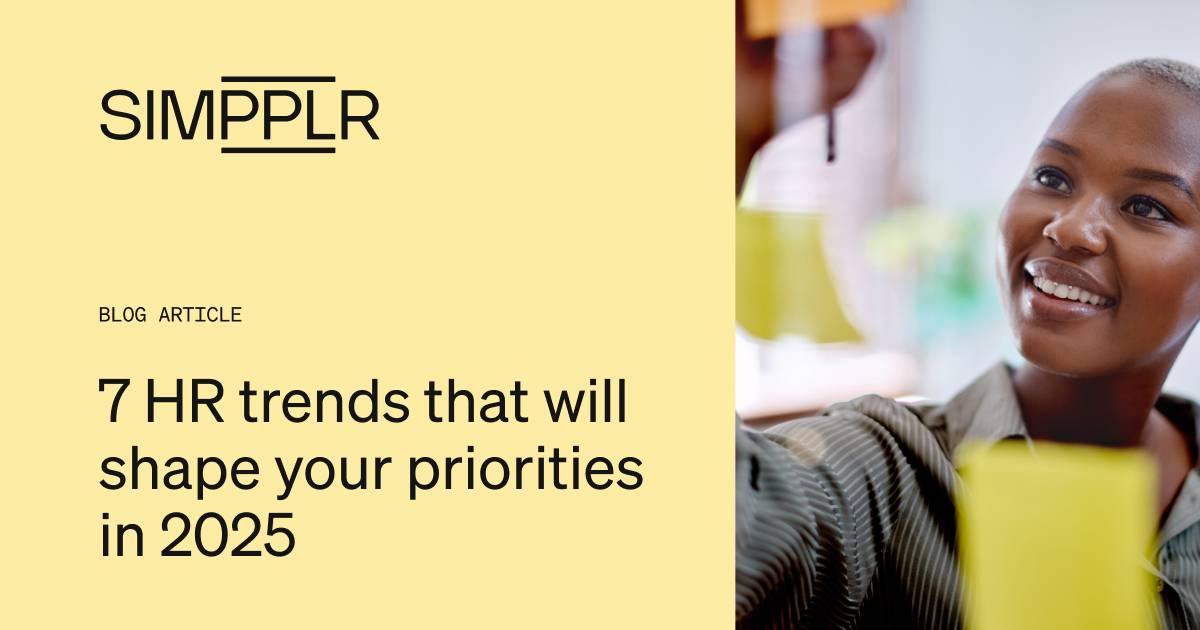
Building a framework for continuous engagement insights
Moving beyond a singular “engagement score,” organizations need a comprehensive framework that links the employee experience directly to business outcomes.
This framework should integrate:
Outcome-based performance indicators
This is a crucial shift from merely measuring activity to quantifying results. Focus on project delivery times, quantifiable quality metrics (e.g., error rates or customer satisfaction scores directly linked to an employee’s work), and measurable impact on customer satisfaction or revenue.
Alongside these metrics, dig in with employees to understand what truly enables performance and, as importantly, what gets in the way. This aligns individual and team efforts directly with the organization’s strategic goals, ensuring that employee energy is channeled into value creation.
Real-time feedback mechanisms
Annual or even quarterly surveys are no longer sufficient to capture the dynamic reality of the workplace. Implementing platforms that allow for continuous, real-time feedback provides immediate insights into employee sentiment, emerging challenges, and successes.
This can be measured through sentiment analysis tools, the action rate of innovative ideas submitted through feedback channels, and the frequency and quality of manager interactions as perceived by employees. Such agility enables rapid responses and continuous course corrections, fostering a culture of ongoing improvement and deep listening.
Connection to organizational goals
Employees thrive when they clearly understand how their daily work contributes to the bigger picture. Measurement should include the clarity with which employees perceive organizational goals, their understanding of how their specific roles and projects contribute to these overarching objectives, and the frequency and effectiveness of manager-employee conversations around goal alignment.
When individual contributions are visibly linked to the bigger mission and key performance indicators (KPIs), it transforms work from a series of tasks into a meaningful pursuit, significantly boosting intrinsic motivation and collective impact.
Combining these pillars — employee voice (through real-time feedback), enablement (through resources and development), and demonstrable impact (through outcome-based measures tied to organizational goals) — reveals a far richer, more actionable, and ultimately more relevant story than traditional engagement scores ever could. It provides the data-driven insights needed to foster a truly high-performing and adaptable workforce in 2025 and beyond.
This comprehensive measurement approach raises an important question: Given all these changes, does traditional employee engagement still have a place in the modern workplace?
Why employee engagement still matters (but differently)

Despite declining global employee engagement trends and discussions around the disconnect from business performance, it would be a profound mistake to dismiss employee engagement entirely.
The core human needs that drive individuals — the desire for purpose, connection, growth, and psychological safety — transcend workplace trends and remain fundamental to sustained performance and long-term organizational health.
The case for evolution, not abandonment
Is employee engagement still relevant in 2025? Short answer: yes. But only as one vital dimension of a broader, more sophisticated picture. Core human needs, such as the desire for purpose, a sense of belonging within a team, and the assurance of psychological safety in the workplace, remain powerful drivers of performance, innovation, and retention.
Even if its financial payoff is less direct than some once assumed, genuine emotional connection to one’s work and colleagues still fuels that invaluable discretionary effort.
This foundational human element is critical, especially as we integrate AI into our operations. The unique contributions of our human workforce will increasingly rely on these intrinsic motivators. High engagement fosters resilience and adaptability — qualities essential for navigating constant change.
Balancing traditional benefits with modern approaches
The path forward involves a pragmatic hybrid measurement strategy that intelligently balances the enduring value of traditional engagement insights with the necessity of modern, more holistic approaches.
Implement hybrid measurement systems
We don’t need to abandon all current engagement surveys but strategically augment them. We can combine periodic, in-depth pulse surveys that capture overarching sentiment with continuous listening strategies focused on specific enablement and outcome metrics. This provides both the “feel” of the organization and granular data on what employees need to perform.
Use technology-enabled tracking
Advanced employee experience management technology is no longer optional — it’s a necessity. Platforms with AI sentiment analysis can rapidly glean insights from various communication channels, while manager dashboards provide real-time alerts on team well-being or resource gaps. This offers deeper and more continuous actionable insights than retrospective surveys alone.
Design personalized employee experiences
The future of engagement is deeply personal. Organizations must move towards designing employee experiences that are tailored to individual needs, preferences, and career aspirations. This involves serving up relevant and engaging content, customizing learning paths, and personalizing recognition, ensuring every employee feels seen and valued.
Organizations that embrace these changes can continue to enjoy the tried-and-tested advantages of having engaged employees — stronger retention, higher discretionary effort, and better overall well-being.
The key is to smartly integrate these benefits into a modern system for measuring the broader employee experience that accurately captures the intricate nature of today’s work environment and fuels performance improvements.

Rethinking employee engagement in the AI era
The key takeaway is clear: Employee engagement isn’t obsolete — it’s profoundly evolving. What’s outdated is how we’ve traditionally measured it. Static survey scores simply can’t capture the dynamism of diverse work models or the rapidly transformative impact of AI.
The future lies in a comprehensive framework we call Engagement + Enablement + Experience = Performance:
- Engagement captures the vital emotional connection, purpose, and sense of belonging that drives discretionary effort
- Enablement ensures people have everything they need to excel — the right tools, clear roles, and unwavering support
- Experience guarantees that everyday moments, from onboarding to career progression, actively reinforces company priorities, culture, and personal growth
As Chief People Officer, I’ve witnessed firsthand the dramatic shifts in the talent landscape. This framework is how we’ve approached the measurement challenge at Simpplr. We transform employee listening from simple surveys into living systems that provide a continuous pulse on the organization.
Simpplr’s platform operationalizes each element of this framework:
Engagement: AI-driven sentiment analysis tracks shifts in real-time, detecting subtle changes in reactions to specific content or communications. Real-time feedback loops ensure issues are surfaced and acted upon promptly, preventing small friction points from spiraling into larger challenges.
Enablement: Simpplr equips managers with intuitive tools that foster real-time insights to strengthen teamwork and performance. The platform’s systems integrations and enterprise search give employees a single point of access to resources, people, and information. They can do their best work when everything they need is right at their fingertips.
Experience: Simpplr connects employees to the moments that matter — sharing updates, giving and receiving recognition, and accessing career resources — so we can understand and support how people participate in the life of the organization.
By tracking each pillar through comprehensive insight dashboards — rather than relying on sporadic surveys — organizations can align their workforce to drive exceptional outcomes in 2025’s AI-augmented environment. We can move from simply measuring how people feel to actively shaping how they perform and thrive.
Ready to step into the future of employee engagement measurement? Explore how Simpplr can empower you to listen, understand, and optimize. Request a demo today.
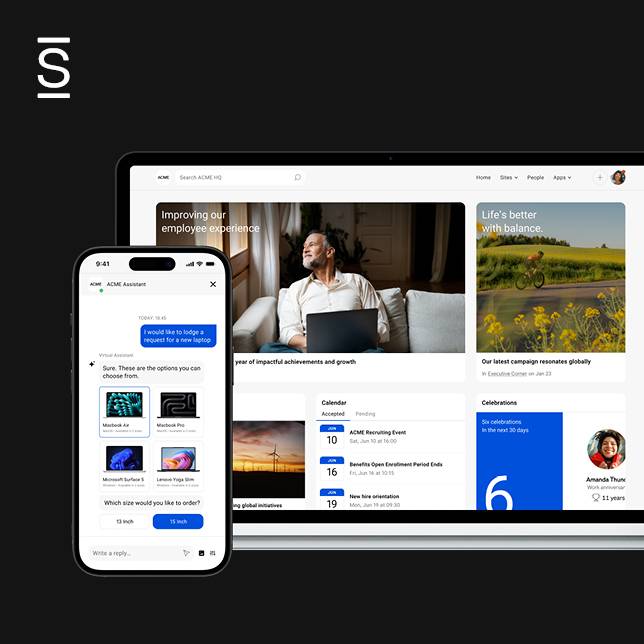
Watch a 5-minute demo
See how the Simpplr employee experience platform connects, engages and empowers your workforce.
- #1 Leader in the Gartner Magic Quadrant™
- 90%+ Employee adoption rate


